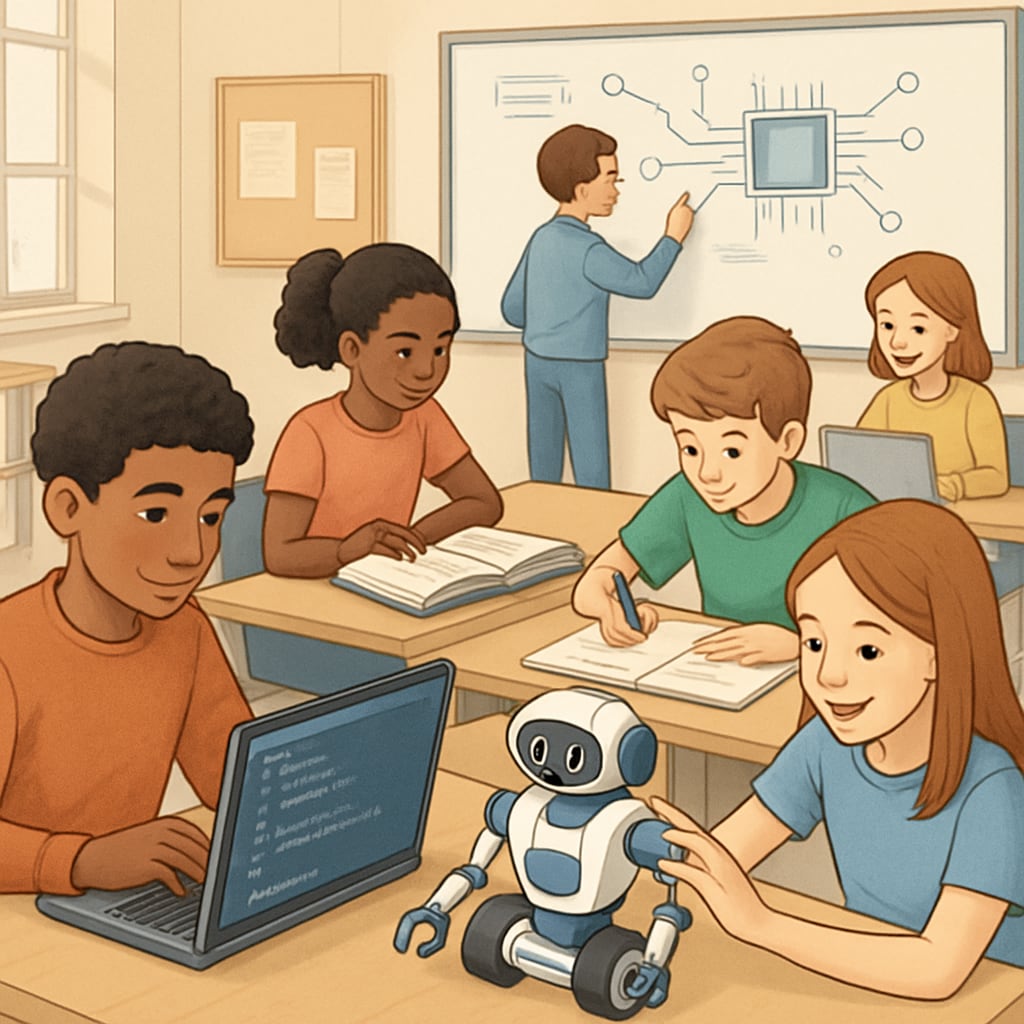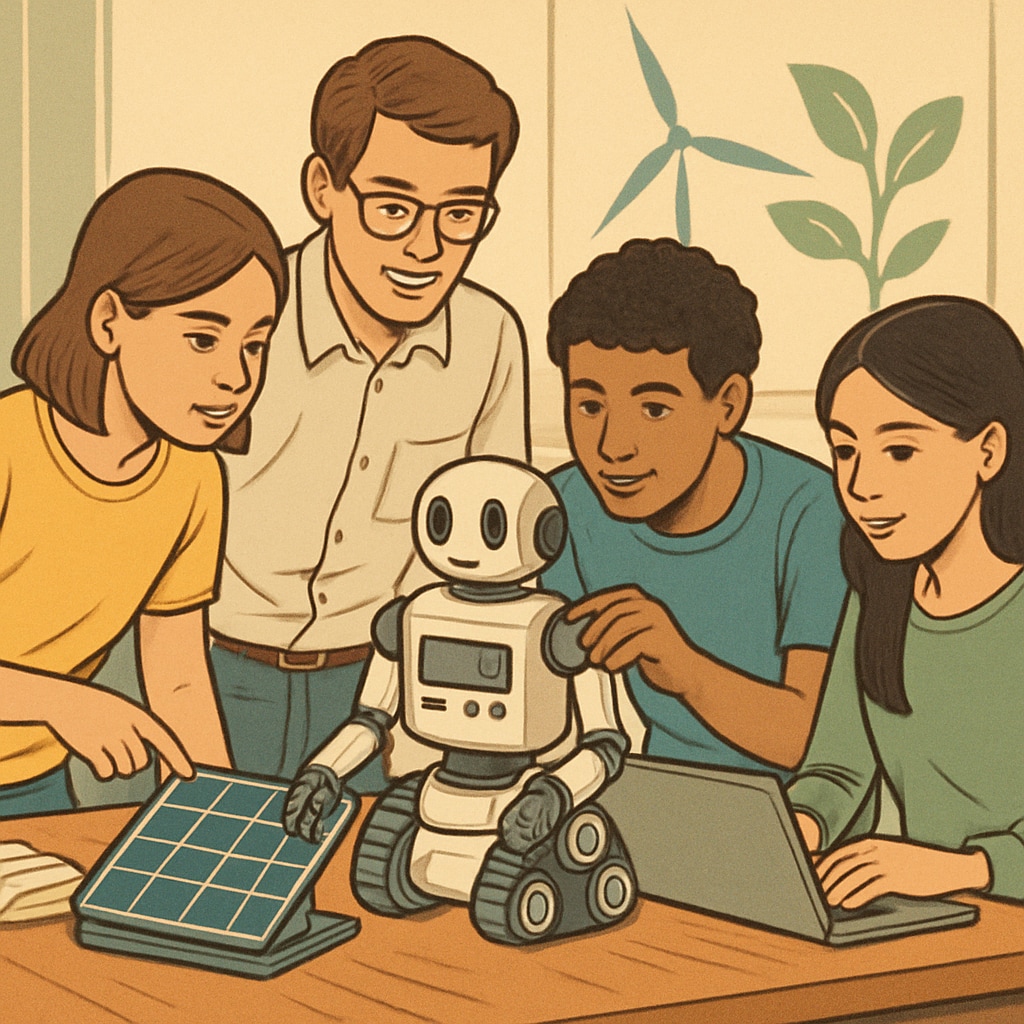Modern K12 education systems are increasingly tasked with navigating the complexities of vocational education, academic balance, and creating a cohesive educational structure. As the workforce evolves, schools must equip students with both practical technical skills and a strong foundation in traditional academics like mathematics, science, and literature. This article examines how vocational and academic education can complement one another, analyzes successful implementation models, and offers actionable strategies for developing integrated curricula that support holistic student growth.

Why Balancing Vocational and Academic Education Matters
Vocational education (training for specific trades or professions) has grown in importance as industries demand skilled workers who can adapt to technological advancements. However, focusing solely on practical skills risks neglecting the broader intellectual development offered by traditional academic subjects. For example, critical thinking and problem-solving, often nurtured through humanities and sciences, are equally vital for success in vocational careers.
To build well-rounded individuals, educational institutions must strike a balance. This ensures students not only develop technical expertise but also gain the analytical and interpersonal skills required for lifelong learning and adaptability. Studies from Britannica emphasize that blending vocational training with academic education fosters better career readiness and personal growth.
Effective Models for Fusion in Diverse School Districts
Across various school districts, innovative approaches to curriculum integration are emerging. For instance, some schools incorporate project-based learning that combines vocational and academic components. Students might design a sustainable energy project, requiring technical skills like engineering alongside academic research and presentation abilities.
Another model involves offering dual-enrollment programs where students simultaneously pursue vocational certifications and traditional courses. This approach allows learners to graduate with both practical qualifications and transferable academic credits, setting them up for diverse career paths.

Practical Steps for Achieving an Integrated Curriculum
Building an integrated curriculum requires thoughtful planning and collaboration among educators, administrators, and industry professionals. Here are key steps schools can take:
- Conduct Needs Assessments: Identify local industry demands and align vocational programs with these needs while ensuring traditional subjects support broader intellectual development.
- Promote Interdisciplinary Projects: Encourage collaboration between vocational instructors and academic teachers to design projects that bridge technical and academic disciplines.
- Invest in Teacher Training: Provide professional development for educators to effectively teach integrated courses and understand the interplay between technical skills and academic knowledge.
- Leverage Technology: Utilize platforms and tools that support blended learning, such as online simulators for vocational training paired with theoretical academic modules.
As a result, schools can create a seamless educational experience that prepares students for both immediate employment and higher education opportunities.
Conclusion: Towards Holistic Student Development
Balancing vocational education with academic subjects is no longer a choice but a necessity for K12 institutions. By fostering this synergy, schools can produce graduates who are not only workforce-ready but also equipped with the intellectual versatility to thrive in a rapidly changing world. Establishing integrated educational structures, inspired by successful models and supported by actionable strategies, is the path to cultivating truly holistic learners.
For further reading on vocational education and its impact, explore resources like Vocational education on Wikipedia.


